What impact do big diesel generators have on the environment?
Big diesel generators play a crucial role in providing reliable power for various industries and applications. However, their environmental impact is a growing concern. These generators, while essential for backup power and remote operations, contribute to air pollution, greenhouse gas emissions, and noise pollution. The combustion of diesel fuel releases particulate matter, nitrogen oxides, and carbon dioxide into the atmosphere, affecting air quality and contributing to climate change. Additionally, the noise produced by these generators can disrupt local ecosystems and human communities. Despite these challenges, advancements in generator technology and stricter regulations are helping to mitigate some of these environmental effects. This article delves into the specific environmental impacts of big diesel generators and explores potential solutions for more sustainable power generation.
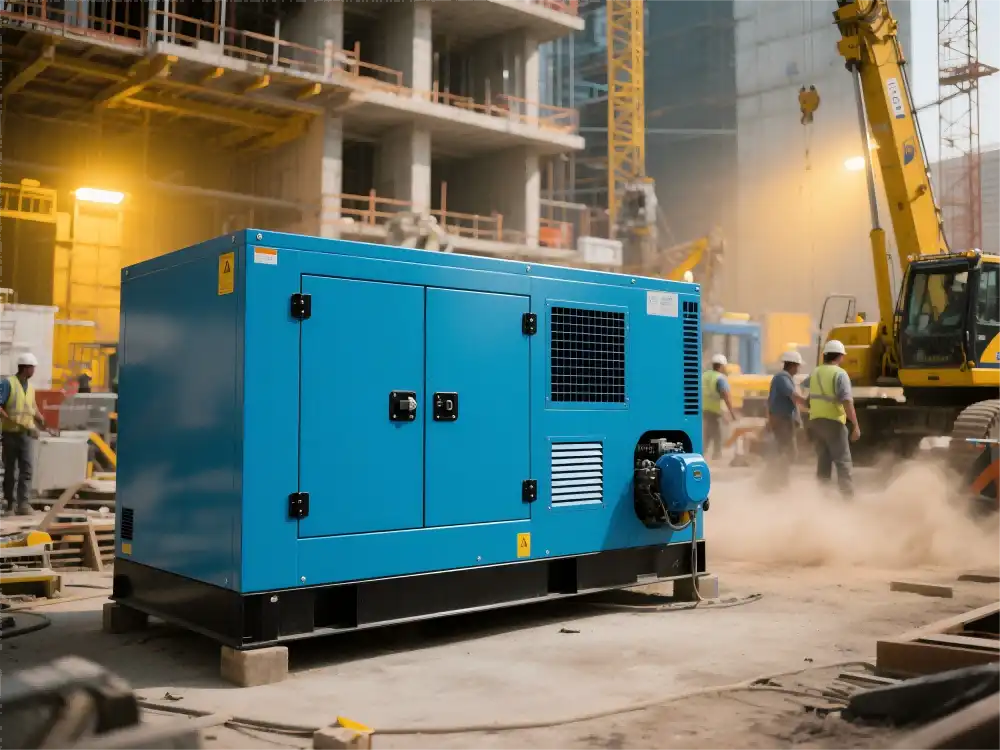
How much CO2 does a large diesel generator emit per hour?
The carbon dioxide emissions from a large diesel generator can vary significantly based on factors such as generator size, fuel efficiency, and load capacity. On average, a big diesel generator can emit between 0.5 to 0.8 kg of CO2 per kilowatt-hour (kWh) of electricity generated. For instance, a 1000 kW generator operating at full load could produce approximately 500 to 800 kg of CO2 per hour.
Factors Affecting CO2 Emissions
Several factors influence the CO2 emissions of a diesel generator:
- Generator Size: Larger generators typically emit more CO2 due to increased fuel consumption.
- Load Factor: Generators operating at optimal load levels tend to be more efficient, producing less CO2 per kWh.
- Fuel Quality: Higher-grade diesel fuels can result in more efficient combustion and lower emissions.
- Maintenance: Well-maintained generators operate more efficiently, potentially reducing emissions.
It's worth noting that while these emissions are significant, diesel generators are often used intermittently or as backup power sources, which can limit their overall environmental impact compared to continuous power generation methods.
Noise pollution regulations for industrial diesel generators
Noise pollution from industrial diesel generators is a significant environmental concern, particularly in urban areas or sensitive ecosystems. To address this issue, many jurisdictions have implemented stringent noise regulations for diesel generators.
Common Noise Level Limits
Typical noise level limits for industrial generators vary depending on location and time of day:
- Residential Areas: Often limited to 55-65 dB(A) during daytime and 45-55 dB(A) at night.
- Industrial Zones: May allow higher levels, typically up to 70-75 dB(A).
- Sensitive Areas (hospitals, schools): Stricter limits, sometimes as low as 50 dB(A).
These limits are usually measured at the property line or nearest receptor point. Compliance often requires the use of sound-attenuating enclosures, mufflers, and strategic placement of generators.
Enforcement and Penalties
Regulatory bodies enforce these noise limits through periodic inspections and in response to complaints. Non-compliance can result in fines, operational restrictions, or mandated equipment upgrades. Some jurisdictions employ a sliding scale of penalties based on the degree and duration of the violation.
To meet these regulations, manufacturers like Jlmech have developed advanced soundproofing technologies for their big diesel generators. These innovations help businesses maintain power reliability while adhering to local noise ordinances.
Best exhaust aftertreatment systems for cleaner diesel generator operation
Exhaust aftertreatment systems are crucial for reducing harmful emissions from diesel generators. These systems work to clean the exhaust gases before they are released into the atmosphere, significantly lowering the environmental impact of generator operations.
Diesel Particulate Filters (DPF)
DPFs are highly effective at capturing particulate matter (PM) from diesel exhaust. They can remove up to 99% of PM, including harmful soot particles. DPFs work by trapping particles in a filter medium, which is then periodically cleaned through a regeneration process.
Selective Catalytic Reduction (SCR)
SCR systems are designed to reduce nitrogen oxide (NOx) emissions. They work by injecting a reductant, typically urea, into the exhaust stream. This reacts with NOx over a catalyst, converting it into harmless nitrogen and water vapor. SCR can reduce NOx emissions by up to 90%.
Diesel Oxidation Catalysts (DOC)
DOCs are effective at reducing carbon monoxide (CO), hydrocarbons (HC), and some particulate matter. They work by oxidizing these pollutants into less harmful substances. DOCs can reduce CO and HC emissions by up to 90%.
Jlmech integrates these advanced aftertreatment systems into our generator designs, ensuring compliance with stringent emission standards while maintaining optimal performance. Our big generator diesel generator silent models, for instance, incorporate state-of-the-art emission control technologies to minimize environmental impact.
Jlmech's commitment to environmental responsibility is evident in our product lineup. Our big diesel generators, ranging from 20 to 3000 KW, are engineered for reliability and efficiency in diverse operating conditions. These generators feature advanced soundproofing enclosures and vibration-dampening technology, making them suitable for both urban settings and rugged terrains.
Key features of Jlmech's big diesel generators include:
- Flexible AC output options: 110V/220V/380V
- Dual frequency capability: 50Hz/60Hz
- Variable engine speeds: 1500-3000 RPM
- Configurations: Silent and Open Frame types
- Cooling method: Water cooling for optimal performance
- Starting method: Electric starting for convenience
- Certifications: CE/Euro 5/EPA/CARB compliant
Jlmech's generators are customizable to meet specific customer needs, ensuring that industries across various sectors can access power solutions that are both efficient and environmentally responsible. With our global expertise, proven quality, and commitment to innovation, Jlmech continues to lead in providing sustainable power generation solutions.
Conclusion
While big diesel generators remain essential for many industries, their environmental impact cannot be ignored. From CO2 emissions to noise pollution, these power sources pose significant challenges. However, with advancements in technology and stricter regulations, the industry is moving towards more sustainable practices.
For businesses seeking reliable, efficient, and environmentally responsible power solutions, Jlmech offers a range of cutting-edge diesel generators. Our products are designed to meet the diverse needs of industries such as manufacturing, construction, healthcare, and agriculture, while adhering to stringent environmental standards.
Whether you require a generator for continuous operations in harsh environments, temporary power for remote sites, or a backup solution for critical facilities, Jlmech has the expertise and product range to meet your needs. Our generators combine high performance with advanced emission control technologies, ensuring you can maintain operations while minimizing environmental impact.
To learn more about our environmentally conscious diesel generator solutions and how they can benefit your business, please contact us at skala@whjlmech.com. Our team of experts is ready to help you find the perfect power solution that balances reliability, efficiency, and environmental responsibility.
References
- Environmental Protection Agency. (2021). "Diesel Fuel and Exhaust Emissions: Environmental Impact and Regulations."
- International Energy Agency. (2022). "Diesel Generators: Efficiency, Emissions, and Future Trends."
- World Health Organization. (2021). "Noise Pollution from Industrial Sources: Health Effects and Mitigation Strategies."
- Journal of Clean Energy Technologies. (2022). "Advancements in Exhaust Aftertreatment Systems for Diesel Generators."
- Environmental Science & Technology. (2023). "Carbon Dioxide Emissions from Stationary Diesel Generators: A Comprehensive Analysis."
- Renewable and Sustainable Energy Reviews. (2022). "The Future of Diesel Generators in a Carbon-Constrained World: Challenges and Opportunities."
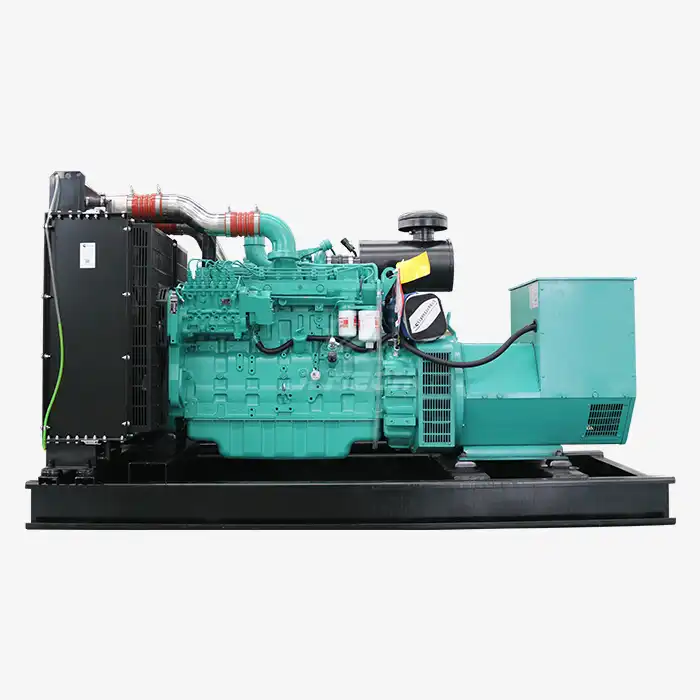 VIEW MOREgenerator 200kw
VIEW MOREgenerator 200kw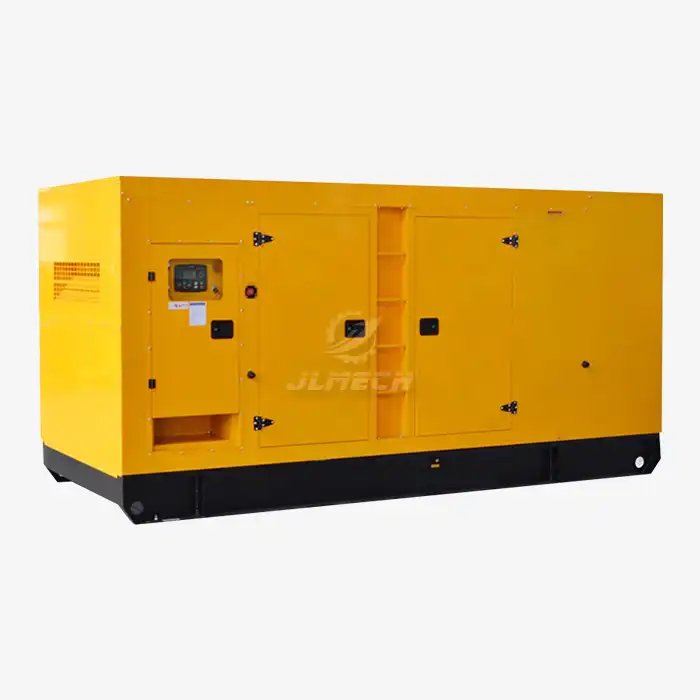 VIEW MORELow noise construction set
VIEW MORELow noise construction set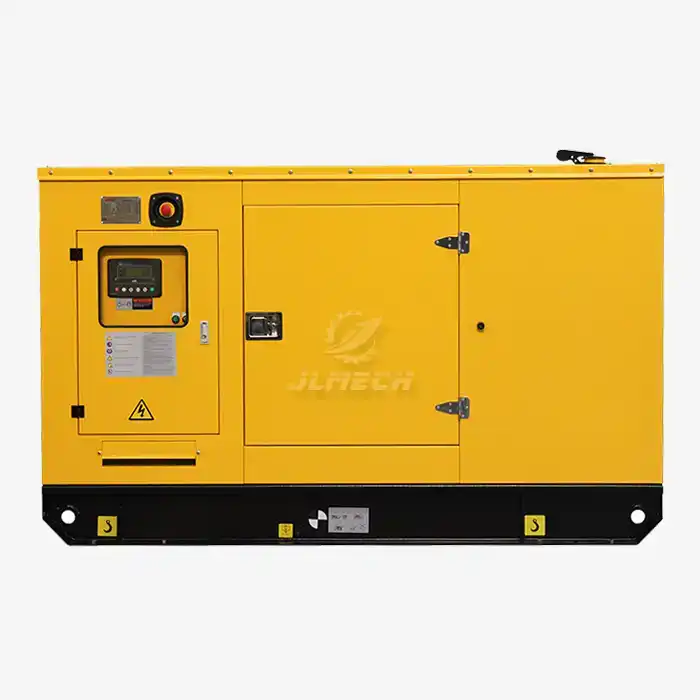 VIEW MOREStandby 30kVA diesel unit
VIEW MOREStandby 30kVA diesel unit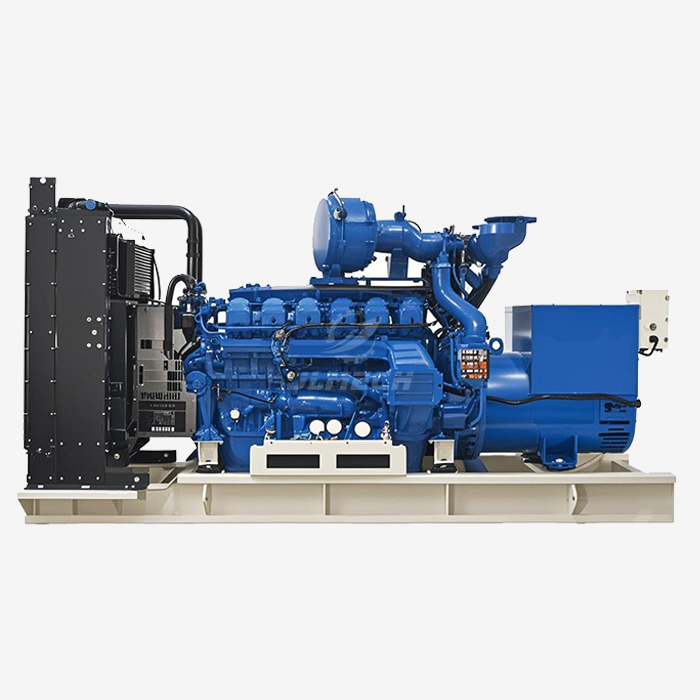 VIEW MOREperkins diesel generator 180kva
VIEW MOREperkins diesel generator 180kva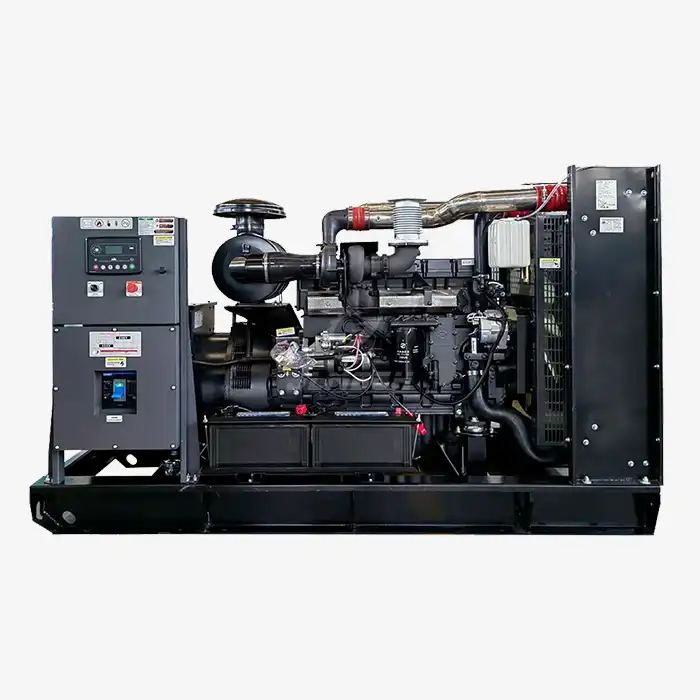 VIEW MOREgenerator engine diesel
VIEW MOREgenerator engine diesel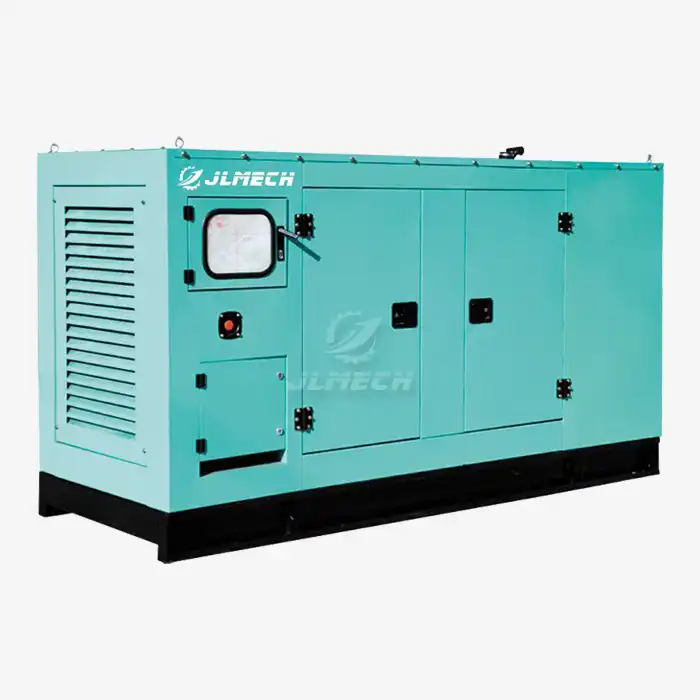 VIEW MORE35kva cummins diesel generator with silent enclosure
VIEW MORE35kva cummins diesel generator with silent enclosure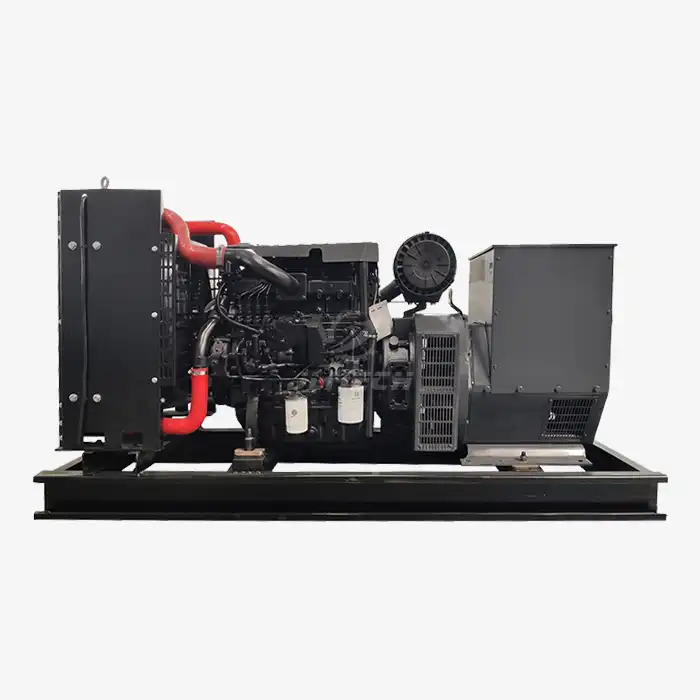 VIEW MOREweichai diesel generator 33kva
VIEW MOREweichai diesel generator 33kva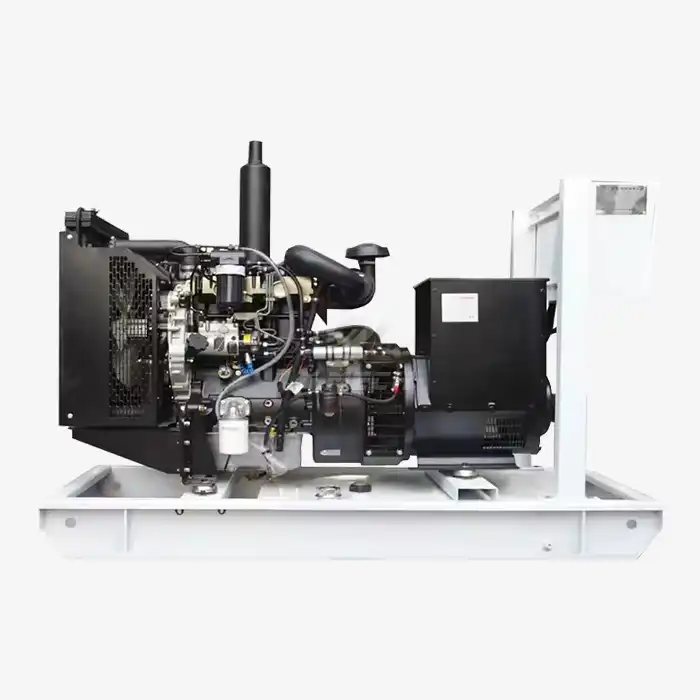 VIEW MOREperkins diesel generator 50kva
VIEW MOREperkins diesel generator 50kva



